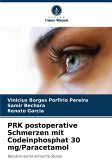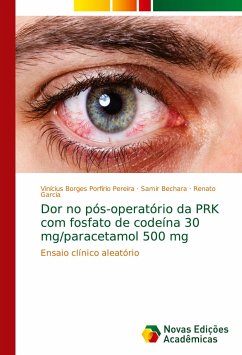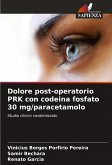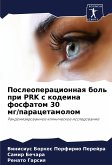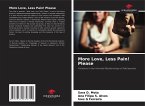Refractive surgery is a surgical procedure used to correct refractive errors. Despite the great benefits that photorefractive keratectomy (PRK) provides, one of the limiting factors of this technique is post-operative pain. Pain is a multidimensional and subjective experience. The use of pain-relieving instruments benefits patients, doctors and makes the procedure more peaceful in the immediate post-operative period. Photorefractive keratectomy (PRK) is one of the most widely used refractive surgery techniques in the world. Despite its effectiveness and safety in the treatment of myopia, hyperopia and astigmatism, pain remains one of the major challenges in the postoperative period of PRK. Although the combination of the drugs codeine (oral opioid) and paracetamol (analgesic) is widely used in the post-surgical period of various medical specialties, the efficacy and safety of this combination has not been evaluated in the management of post-PRK pain.
Bitte wählen Sie Ihr Anliegen aus.
Rechnungen
Retourenschein anfordern
Bestellstatus
Storno



